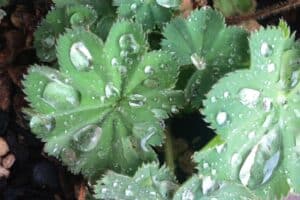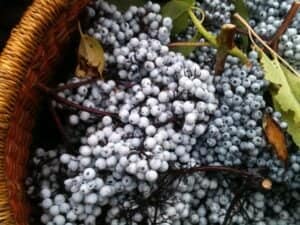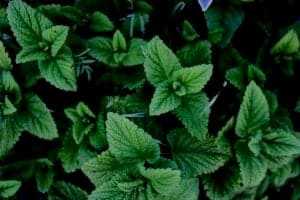I believe the respiratory system is of the most important organ systems to know how to treat with herbs because it’s one of the primary systems consistently and commonly afflicted in modern life- especially during this time of year; the “cough, cold and flu season.” From an allopathic perspective, a cough is typically treated with an anti-tussive, like Robitussin, the primary purpose of which is to suppress the cough. This ultimately prolongs the duration of the cough by preventing the bodies ability to cleanse the mucosal membranes (by coughing up the mucous) and enable them to lay down a fresh layer of antibody rich mucous.
Plants on the other hand, work in the opposite fashion. From a vitalist perspective, we see that the symptom of a cough isn’t the problem, but rather is the intelligent response of the body to a pathogen and shift in the physiology. So instead of suppressing the cough and seeing it as the enemy, we see the cough is actually the solution to the underlying problem, and we want to use our plants to support healthy physiological responses. Thus we use expectorants, rather than anti-tussives.
But most herb books will give you lists of herbs as expectorants, but won’t further differentiate them by energetics, which is the critical piece for true holistic treatment of the respiratory system. The most important factor here for the lungs is the dynamic of moisture: wet and dry. This is often pretty straightforward for respiratory conditions, as it is based on listening to the quality of the cough- is it harsh, dry and hacking, or is it heavy, gurgly and wet? Then we want to reach for our appropriate types of expectorants: moistening demulcent expectorants, or drying stimulant expectorants.
The other great differentiation is of tension and laxity- whether the state of the tissues are overly relaxed, boggy and leaky (like a runny nose) or overly contacted, tense and constricted. These are treated through either tonic/astringents (for laxity) and anti-spasmodics or relaxants (for tension).
Here’s a list of some of my favorite remedies for each of these energetic categories:
Stimulant Expectorants (used for cold/damp conditions): Elecampane (Inula helenium), Osha (Ligusticum porteri), Lomatium (Lomatium dissectum), Thyme (Thymus vulgaris), and Oregano (Origanum vulgare).
Relaxant Expectorants (used for tense/dry conditions): Lobelia (Lobelia inflata), Black Cohosh (Cimicifuga racemosa), Skunk Cabbage (Symplocarpus foetidus), Coltsfoot (Tussilago farfara) and Wild Cherry (Prunus serotina).
Moistening Expectorants (aka demulcents. Used for dry conditions): Licorice (Glycyrrhiza glabra), Licorice Fern (Polypodum glycyrrhiza), Marshmallow (Althea officinalis), Slippery Elm (Ulmus rubra), Comfrey (Symphytum officinale), Plantain (Plantago major), Red Clover (Trifolium pratense)
Respiratory Tonics (aka astringents): Goldenseal (Hydrastis canadensis), Mullein (Verbascum thapsus), Elecampane (Inula helenium)







